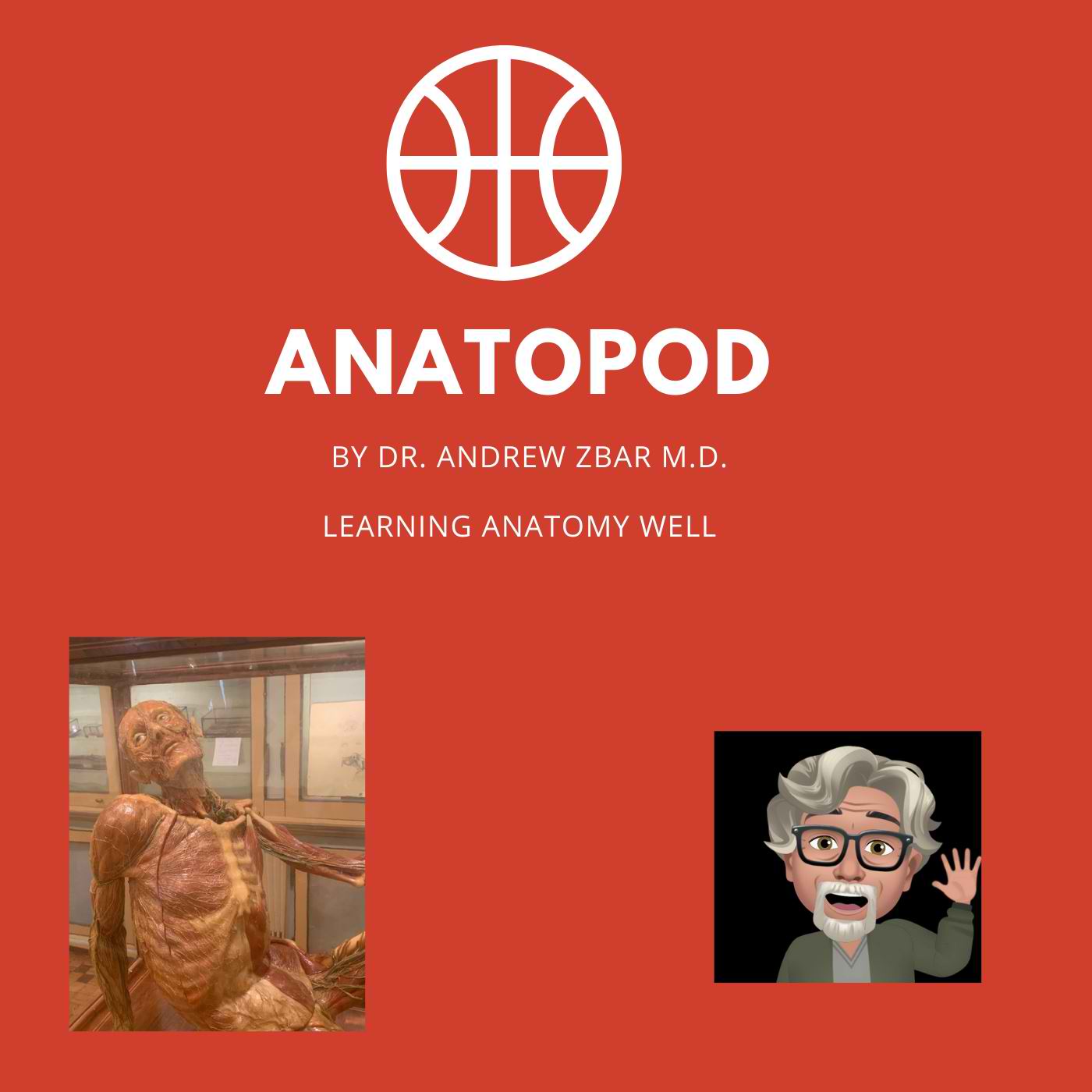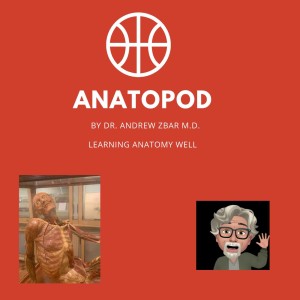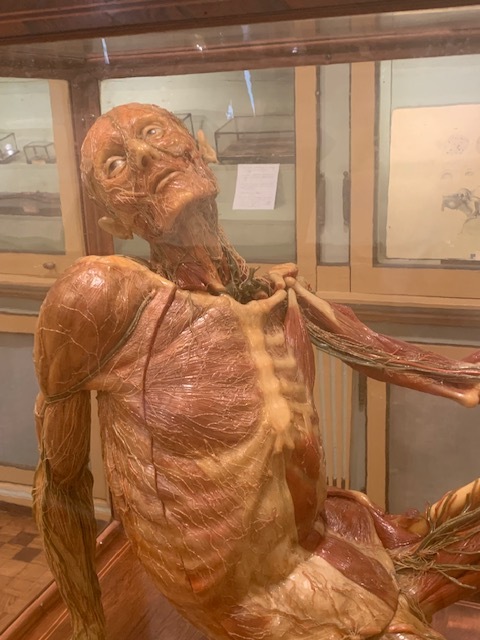
20.2K
Downloads
91
Episodes
Welcome to a new and exciting Podcast called ANATOPOD designed to teach anatomy. ANATOPOD aims not just to teach anatomy well to a high and practical level but also to introduce the history of anatomy and dissection of the cadaver. I appreciate that anatomy is a visual tradition but it wasn't always like that. In the Renaissance, anatomy was taught from textbooks written by the Greek Galen in the first century A.D. Perhaps it might seem unusual to revert anatomy teaching to an aural basis but it is recognized too that in this modern age anatomy departments in universities all over the world are dispensing with their raision d’être, the cadaver, replacing it with surrogates and models. We still do not know the effects of this change on the care of our patients but what we do know is that the cadaver is part of our death culture as much as it touches so many other aspects of society at large.
Episodes

Monday Oct 11, 2021
Monday Oct 11, 2021
I continue with the trans-Atlantic story of the traffic of dissectable corpses, beginning with the notorious Burke and Hare scandal in England. This was soon followed by the Bishop and Williams scare which galvanized the Utilitarian Anatomy Act of 1832 proposed by Henry Warburton MP. But the Act transferred the burden of dissection onto those who died in the infirmaries, the workhouses, the almshouses and the asylums without body claim. All it did was to transfer that onus onto the indigent effectively criminalizing poverty.
Nevertheless the trade of the resurrection men (and their American equivalent, the sack-‘em-up men) disappeared and were replaced by State-sanctioned Anatomy Inspectorates.
In amongst this I discuss the tragic case of the Lewes farmer Stephen Pollard who was killed in a negligent operation for cutting the stone.
The idea that an exposure by the surgeons to more bodies might somehow result in an improvement in patient care in the infirmaries was more aspirational than real. Significant improvements would have to await the advantages of anaesthesia and antisepsis and the Anatomy Act for the moment had little impact on the terrible in-hospital mortality and carnage.

No comments yet. Be the first to say something!